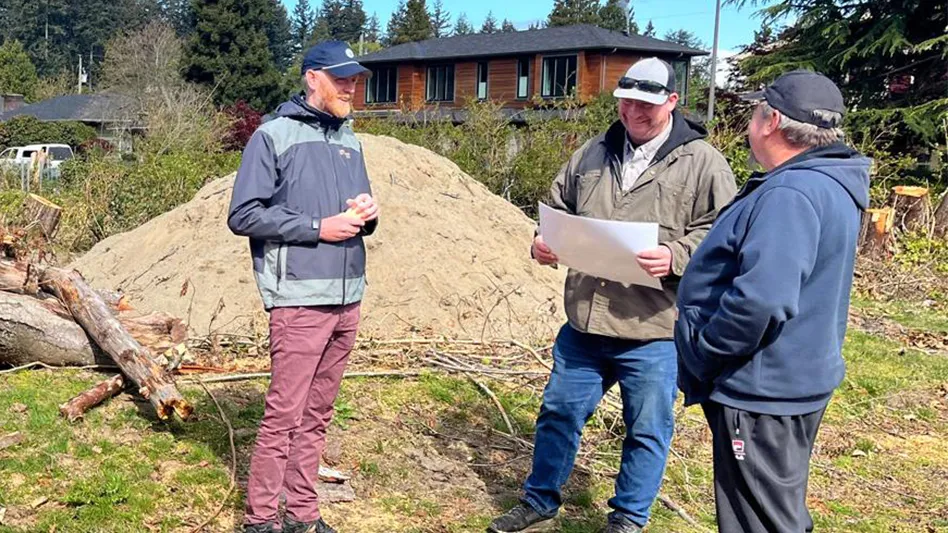Rollers play an important role in a superintendent’s ability to provide a consistent, well-groomed playing surface. There are many different types of rollers, but when are certain ones used, and how important is it they’re consistent?
Using the correct roller on a greensmower is important to the overall presentation of a green. We typically use two roller types on greens: smooth and Wiehle/grooved. Typically, smooth rollers are used after aerification, verticutting or when greens are “puffy.” They allow us to smooth out the surface while minimizing scalping.
\
We generally use grooved rollers when turf conditions are optimal and we’re not aggressive with maintenance practices. A grooved roller affects how aggressive the cutting unit is and should be used only at certain times of the year. When purchasing new greensmowers, be sure to include these types of rollers.
There are a few other important factors when it comes to rollers. The first is bearings, which play a key part in the construction of a roller. When bearings are loose or have end-play, they affect the height of cut. Always check them for consistency.
Also, you want to make sure to maintain bearings properly. Always grease the rollers after washing cutting units to assist pushing the water that could enter the bearing away from it. Make sure to clean and grease the fittings before and after greasing them to ensure contaminants don’t enter the bearings. Don’t overgrease bearings because this will cause dreaded grease streaks on the turf.
Another factor is how much runout rollers have. In the photo below, you’ll see an example of measuring a roller’s runout. Most manufacturers have around a 0.014 tolerance on runout. Check with the manufacturer. Most of the time they’re within that specification, but always check them upon receipt. If the roller isn’t shipped to you within the manufacturer’s spec, you can always replace it for a new one.
The picture below shows gauge blocks and a dial indicator being used to measure the runout by spinning the roller and recording the amount of difference on both ends. This is important when mowing greens below 0.140. The more differentiation in the roller the less consistent the green, which will result in slower green speeds and a mismatched cut. In some cases, rollers can be taken to a local machine shop and “trued up.”
Finally, another important aspect of rollers comes when setting the height of cut. There are many schools of thought about setting the height of cut on a cutting unit, taking into account the runout of a roller. One method is to attach a height gauge to the cutting unit and spin the roller. Then set the height in the middle of the runout. A popular method is to set the height at the lowest point the roller travels. The reason for this is if the target height of cut is 0.110, the lowest the machine will cut at is 0.110. Setting the height in the middle of the runout will allow the cutting unit to drop below the target height and wouldn’t give you the most consistent result.
Selecting rollers for fairways, rough and tees is a standard process. Normally, these cutting units are outfitted with grooved front rollers and solid back rollers. Because of the height of cut, you don’t need to change these rollers unless you have lower heights of cut in which scalping becomes an issue. Some manufacturers offer spiral grooved rollers, which are more aggressive and typically used in rough mowing applications. These rollers work great at high heights of cut where you need to be aggressive.
Having the correct roller installed on a cutting unit is an important part of achieving the look you’re after daily. If you’re having scalping issues and using a grooved roller, switch to a solid one and see if it helps. Rollers are a huge part of any cutting unit, and having the correct one is half the battle. GCI
Steven Tucker is the equipment manager at the Ritz-Carlton Members Golf Club in Bradenton, Fla., and the president of the International Golf Course Equipment Managers Assocation. He can be reached at 941-309-2913 or stephen.tucker@ritzcarlton.com.
Presented in partnership with Bernhard & Co.

Explore the November 2008 Issue
Check out more from this issue and find you next story to read.





